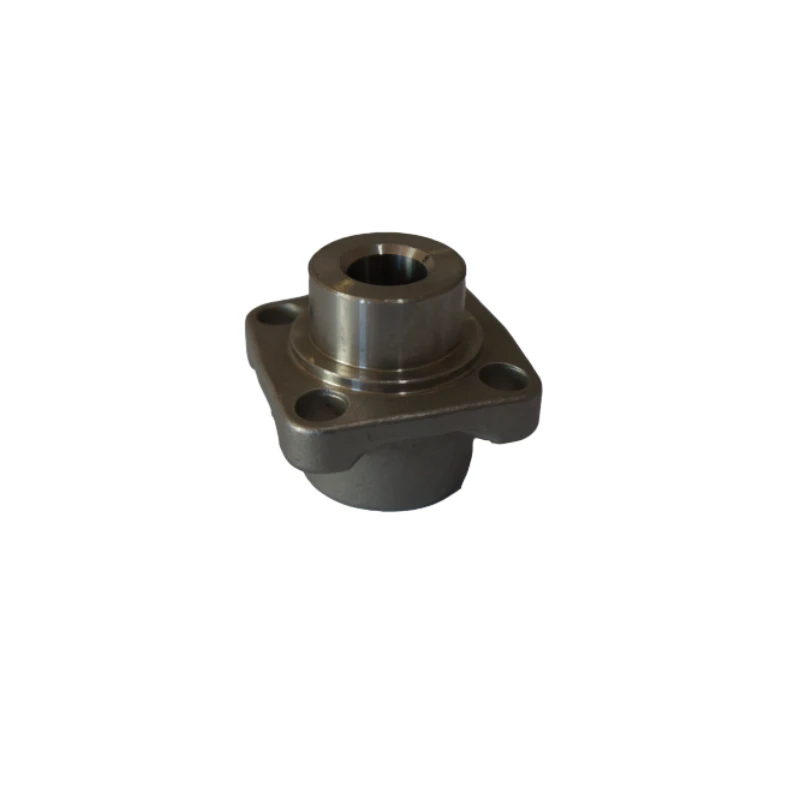precision casting manufacturing
Precision Casting Manufacturing A Comprehensive Overview
Precision casting manufacturing is a highly specialized form of metal casting that allows for the production of intricate and high-precision components. It is a process widely employed across various industries, including aerospace, automotive, medical devices, and electronics. The technique is distinguished by its ability to produce complex geometries and tight tolerances, making it ideal for components that demand reliability and durability.
The Precision Casting Process
The precision casting process typically involves several key steps pattern making, mold creation, pouring, and finishing.
1. Pattern Making The first step in precision casting is creating a pattern, which serves as a replica of the final product. Patterns can be made from materials such as wax or metal, depending on the specific requirements of the casting process. In situations where high precision is paramount, metal patterns are preferred for their durability and stability.
2. Mold Creation Once the pattern is complete, a mold is created around it. In the case of investment casting (a common method of precision casting), the pattern is often coated with a ceramic material, creating a shell that can withstand high temperatures. After the shell hardens, the original pattern is removed, which leaves a cavity in the shape of the desired component.
3. Pouring After the mold is prepared, molten metal is poured into the cavity. The type of metal used will depend on the application and desired properties of the final product. Common materials include aluminum, stainless steel, and titanium. The pouring process must be carefully controlled to avoid defects such as air pockets or inclusions.
4. Finishing Once the metal has cooled and solidified, the mold is broken away, revealing the cast component. However, the component often requires further finishing processes to achieve the necessary specifications. This may include machining, polishing, or heat treatment to enhance the material's physical properties.
Advantages of Precision Casting
Precision casting manufacturing offers numerous advantages over traditional machining and fabrication methods
precision casting manufacturing

- Complex Geometries One of the most significant benefits of precision casting is its ability to produce parts with complex shapes that would be difficult or impossible to achieve with machining
. This feature allows designers greater freedom in product development.- Material Efficiency Precision casting minimizes waste material, as the parts are created very close to their final dimensions. This efficiency helps reduce production costs and environmental impact.
- High Tolerances The method is known for its ability to produce components with incredibly tight tolerances, often within ±0.5% of the dimension. This precision is crucial for applications where safety and performance are paramount.
- Versatility This manufacturing technique is versatile in terms of the types of metals used and the complexity of the components produced. It can accommodate varying sizes, from small instruments to large aerospace components.
Applications of Precision Casting
Precision casting is utilized in numerous applications where quality and reliability are non-negotiable. In the aerospace sector, it is used to manufacture turbine blades and other critical components that must withstand extreme conditions. The automotive industry also benefits from precision casting through the production of engine parts, transmission housings, and suspension components, which require both strength and precision.
Moreover, the medical field relies on precision casting for surgical instruments and implants, where the failure of a component can have life-or-death consequences. The electronics industry uses this technology to produce casings and parts with high accuracy, essential for the functionality of electronic devices.
Conclusion
In conclusion, precision casting manufacturing stands out as a crucial process in producing high-quality components across various industries. With its ability to create complex shapes, tight tolerances, and efficient material usage, precision casting continues to evolve, incorporating advanced technologies such as computer numerical control (CNC) and additive manufacturing. As industries demand more intricate and reliable components, the role of precision casting will undeniably become even more significant in meeting these challenges.
-
OEM Sand Cast Pump Valve Fittings - Baoding Hairun | Precision Engineering, CustomizableNewsJul.30,2025
-
OEM Sand Cast Pump Valve Fittings - Baoding Hairun Machinery And Equipment Trading Co., Ltd.NewsJul.30,2025
-
OEM Sand Cast Pump Valve Fittings - Baoding Hairun Machinery And Equipment Trading Co., Ltd.NewsJul.30,2025
-
OEM Sand Cast Pump Valve Fittings - Baoding Hairun Machinery|Precision Engineering&Fluid ControlNewsJul.30,2025
-
OEM Sand Cast Pump Valve Fittings - Baoding Hairun Machinery And Equipment Trading Co., Ltd.NewsJul.30,2025
-
OEM Sand Cast Pump Valve Fittings-Baoding Hairun Machinery And Equipment Trading Co., Ltd.NewsJul.30,2025















